Any surgeon worth her salt loves being in the OR more than anything else, but is surgery the best thing for all patients? Shouldn’t surgeons be trying to create a world without surgery— or at the very least, less surgery, and only when needed, and in the most beautiful and delicate ways?
…
I recently ran into a patient in the wild— walking down the street on Madison Avenue on a beautiful New York afternoon. She jostled her iced coffee, and we exchanged pleasantries. But our conversation notwithstanding, what struck me was how amazing she looked. I hadn’t seen her in a year (and she hadn’t seen anyone else), but the combination of surgical and nonsurgical procedures we had done was holding up remarkably well. Yes, she was using my medical-grade skincare and abiding by a healthy lifestyle. But the thing that surprised me the most was the fact that she didn’t need me anymore, at least not for a while.
I had created my own obsolescence. And I couldn’t have been happier.
In plastic surgery, practitioners find themselves navigating an inherent contradiction: the quest to innovate and enhance practices that ultimately aim to reduce the need for their own services. This paradoxical journey reflects a broader commitment to patient well-being, emphasizing less invasive procedures, proactive care, and advanced technologies that promise significant benefits while challenging the traditional foundations of the profession.
Advancements in Minimally Invasive Techniques
Plastic surgery has seen a remarkable shift toward minimally invasive procedures. Techniques like neuromodulators, injectable fillers for building better bone/ cartilage/ soft tissue contour, laser resurfacing, microinfusion microneedling, PRP, and medical-grade skincare have dramatically changed the landscape for what is possible. These methods offer significant aesthetic improvements with minimal trauma, reduced recovery times, and fewer risks compared to the most advanced surgical methods we hold near and dear.
Any surgeon worth her salt loves being in the OR more than anything else, but is surgery the best thing for all patients? Shouldn’t surgeons be trying to create a world without surgery— or at the very least, less surgery, and only when needed, and in the most beautiful and delicate ways?
Preventive and Proactive Care
Best practices in plastic surgery increasingly emphasize preventive and proactive care. Skin care regimens, diligent sun protection, and non-invasive treatments for early signs of aging aim to delay or eliminate the need for more invasive procedures. Educating patients on maintaining healthy lifestyles and skin care can significantly reduce the demand for corrective surgeries in the future. This approach reflects a broader healthcare trend towards wellness and prevention, aligning with the public's growing preference for less invasive solutions.
As I surgeon, I love to operate. But when I think of myself as a patient— an aging but attractive professional woman, a busy working mom, a wife and friend and daughter who wants to look like myself but better— I am not jumping onto the OR table. I don’t have the time. I want to do less invasive things first. I’ll do it when I can and when I need to, but maybe later, maybe less, and maybe with smaller incisions, less recovery, and more advanced techniques. And I fundamentally think that this is what my patients want, too, which is why I have always tried to keep my practice half surgical and half nonsurgical. I want to do all the things I can, while I can to defer and avoid the most invasive interventions.
Deferred and Minimal Impact Interventions
When surgical intervention is necessary for certain cases— subtraction, lifting, resizing— the best plastic surgeons strive to minimize its impact. Techniques that emphasize smaller incisions, advanced suturing methods, and biocompatible materials contribute to quicker recovery and less visible scarring. Innovations in tissue engineering and regenerative medicine also hold promise for reconstructive surgery, potentially reducing the need for more extensive procedures. These advancements are reshaping the field, offering patients effective results with less physical and emotional strain.
Innovation and Self-Obsolescence
Plastic surgeons are at the forefront of medical innovation, often pioneering new techniques and technologies. However, this innovation carries the paradoxical goal of making many traditional surgeries obsolete. For example, autologous fat transfer for body contouring and facial rejuvenation offers natural results with less invasive methods than traditional implants and extensive lifts— though those remain needed for many of the more dramatic anatomic cases. Nonsurgical rhinoplasty with hyaluronic acid based filler used as if it were a surgical cartilage graft can effectively eliminate the need for rhinoplasty in a huge subset of patients. Such innovations underscore the field's commitment to enhancing patient care while subtly redefining its own future.
Comparisons with Other Medical Fields
This paradox is not unique to plastic surgery. Other medical specialties also strive to innovate towards less invasive procedures:
- Cardiac Surgery: The increasing use of minimally invasive techniques such as stent placements and catheter-based interventions reduces the need for open-heart surgeries, particularly for acute myocardial infarctions or heart attacks. These procedures involve smaller incisions, leading to faster recovery times and fewer complications.
- Orthopedic Surgery: There is a growing reevaluation of which fractures require surgical intervention. Many fractures, especially in older adults, are now managed non-operatively with casting or bracing, improving patient outcomes and reducing the risks associated with surgery.
- General Surgery: Laparoscopic techniques in general surgery have transformed procedures like gallbladder removal, hernia repair, and appendectomies. These minimally invasive approaches result in smaller scars, reduced pain, and quicker recovery times compared to open surgeries.
- Gynecology: The introduction of minimally invasive methods, such as laparoscopic and robotic-assisted surgeries, has revolutionized procedures like hysterectomies and myomectomies, significantly reducing patient recovery time and surgical risks.
A Proactive Future in Surgery
Imagine a world where a subset of people who once were surgical candidates now benefit from minimally invasive techniques and proactive health measures, significantly reducing the need for traditional surgeries. A younger generation, armed with knowledge and tools for prevention, could see many invasive surgeries become obsolete. For instance, diligent use of sunscreen could drastically reduce the incidence of skin cancer, thus decreasing the necessity for skin cancer surgeries. Similarly, the use of platysmal neuromodulator could delay the need for neck lifts, while GLP-1 agonists for weight management could lessen the demand for liposuction. As a result, surgeries that are still required might be deferred to a later stage in life and involve quicker recoveries, transforming the landscape of medical intervention.
The Evolving Role of Plastic Surgeons
As the field advances, the role of plastic surgeons is evolving beyond the operating room. Surgeons are becoming holistic health advocates, focusing on comprehensive patient care that includes non-surgical options and long-term health strategies. They are also involved in research and development, contributing to the creation of new technologies that push the boundaries of what non-invasive and minimally invasive procedures can achieve.
The future of plastic surgery is less invasive interventions, done by surgeons who are experts in the most invasive anatomy. We think and innovate so we can make ourselves increasingly obsolete.
Plastic surgery, by its very nature, is driven by the desire to enhance and restore. Yet, the field is moving towards a future where many traditional surgeries may be minimized or replaced by less invasive options, particularly through the use of injectables like Botox and fillers. This inherent contradiction fuels the profession's progress, encouraging continuous innovation and adaptation. By embracing this paradox, plastic surgeons are not only improving patient outcomes but also redefining the boundaries of their practice, aiming for a future where the best surgical intervention may often be no surgery at all.

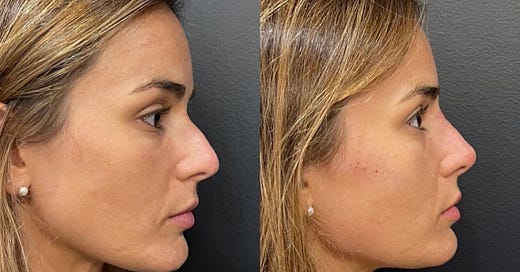


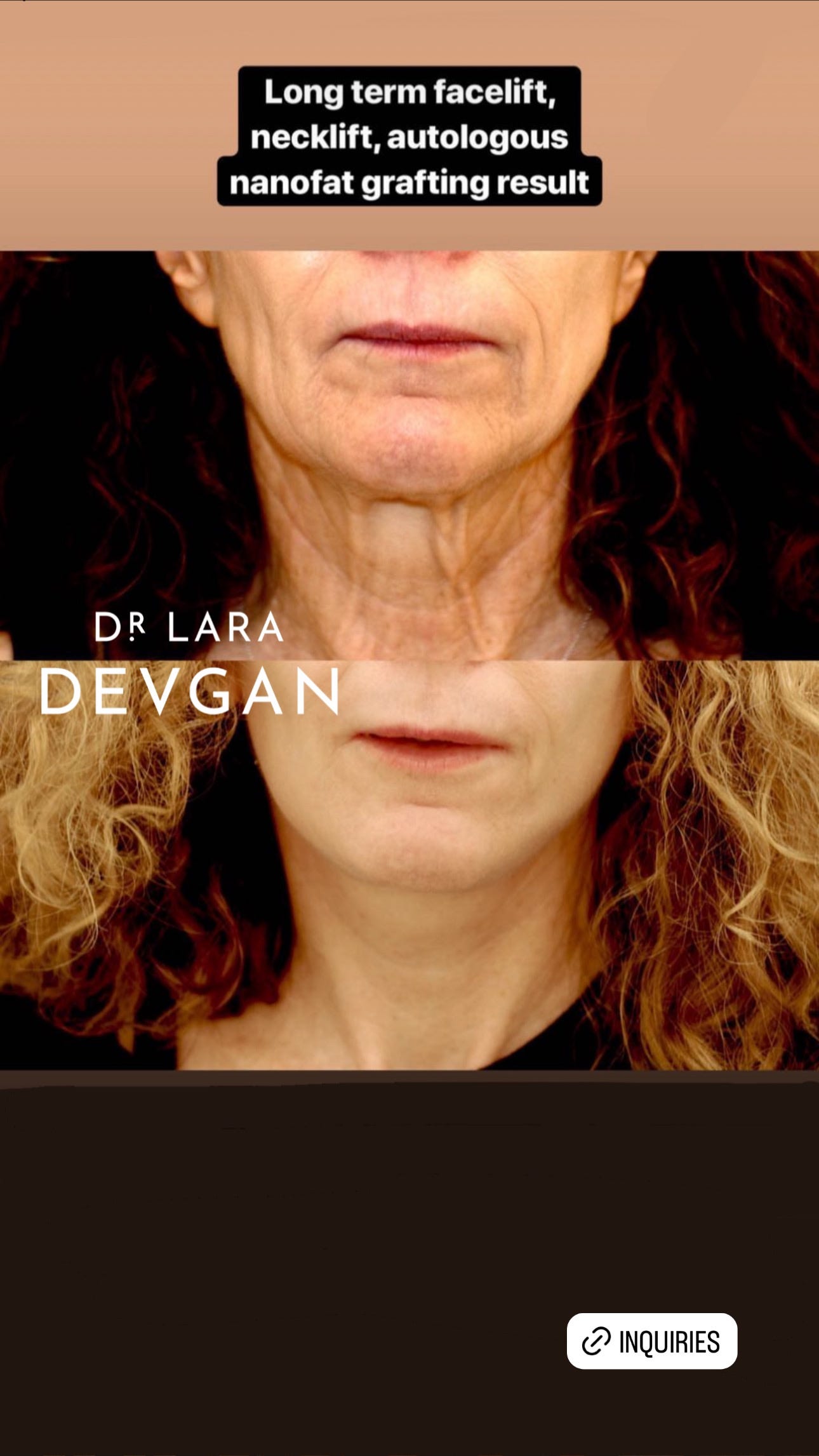
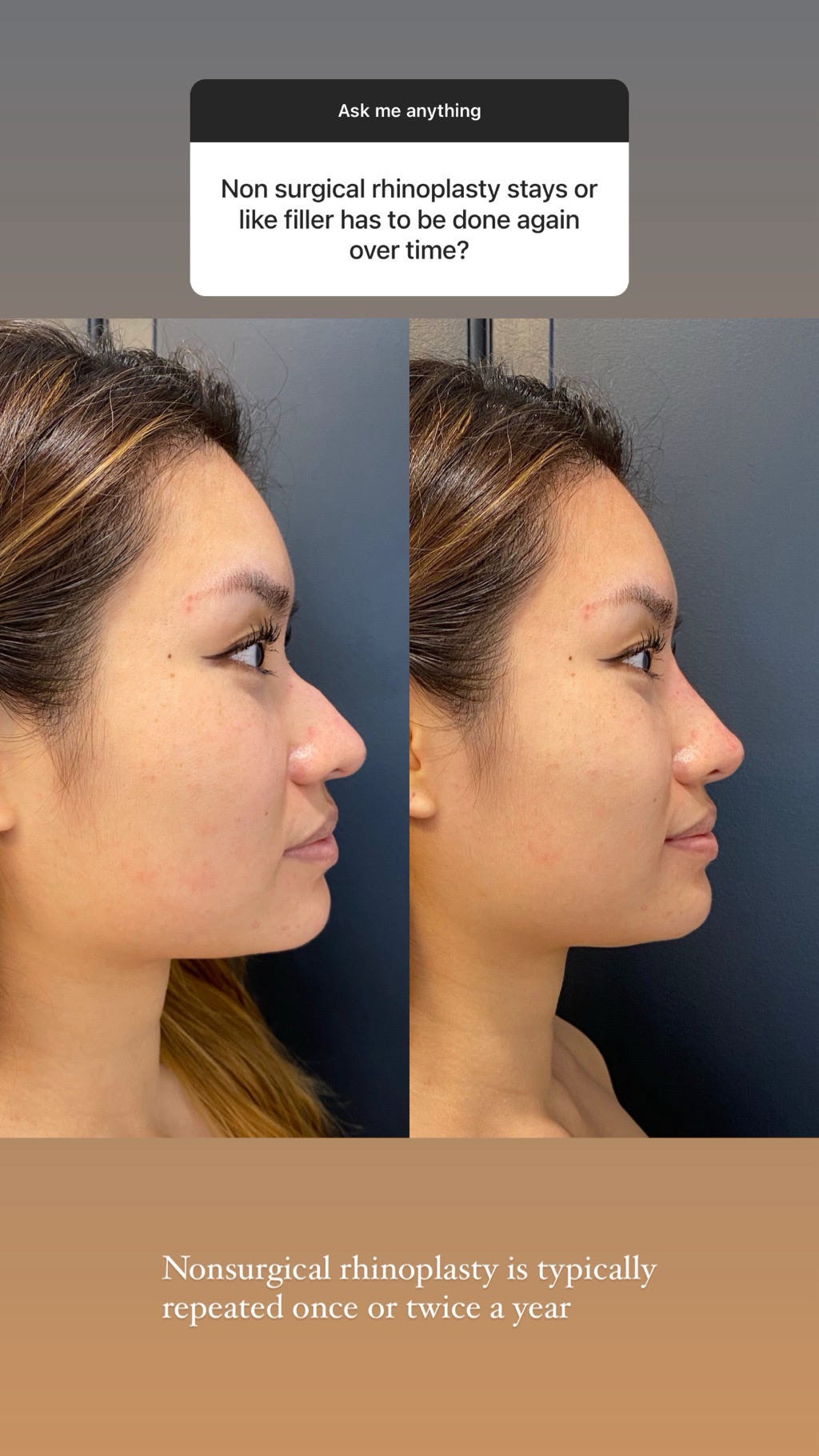



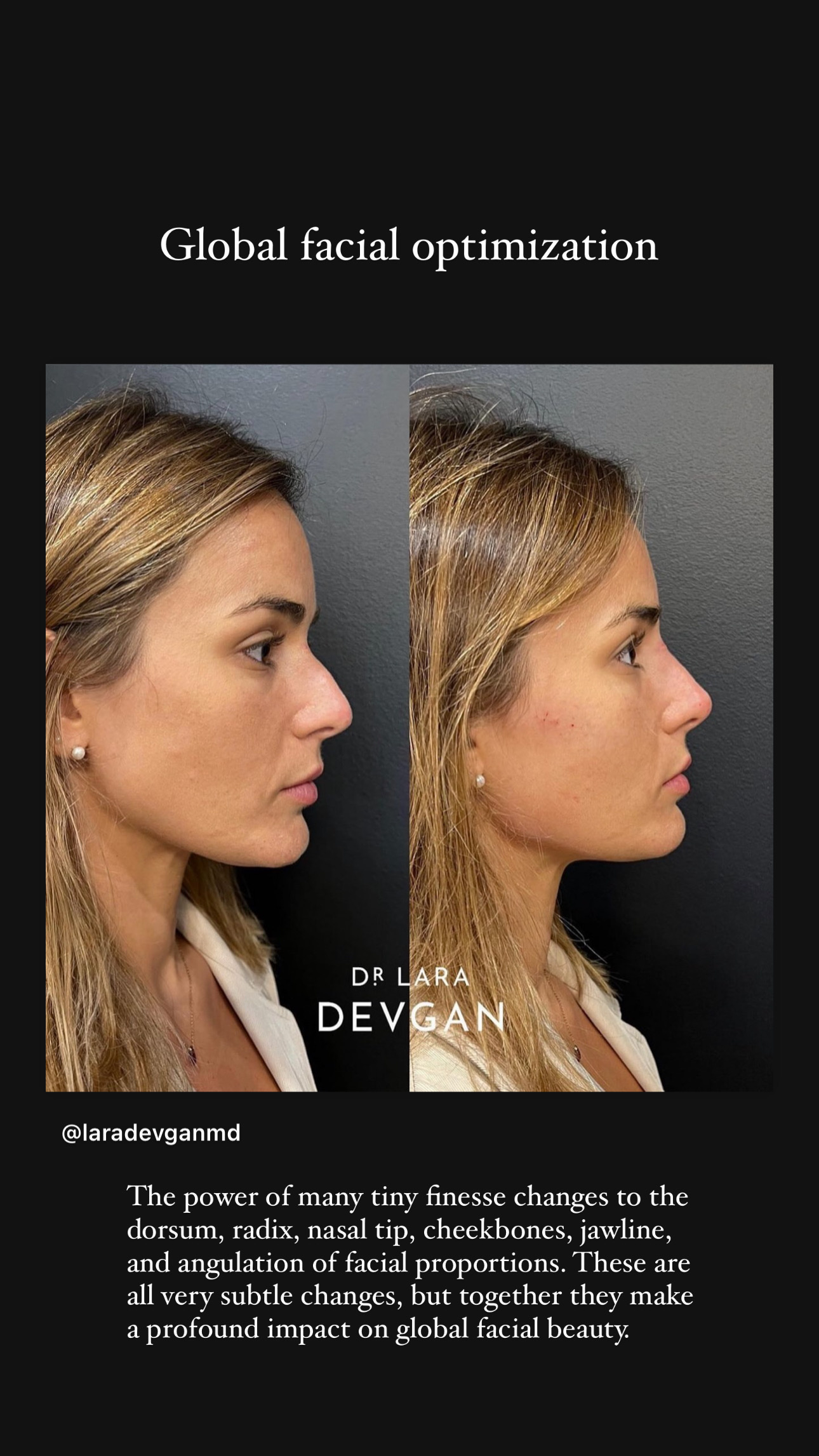
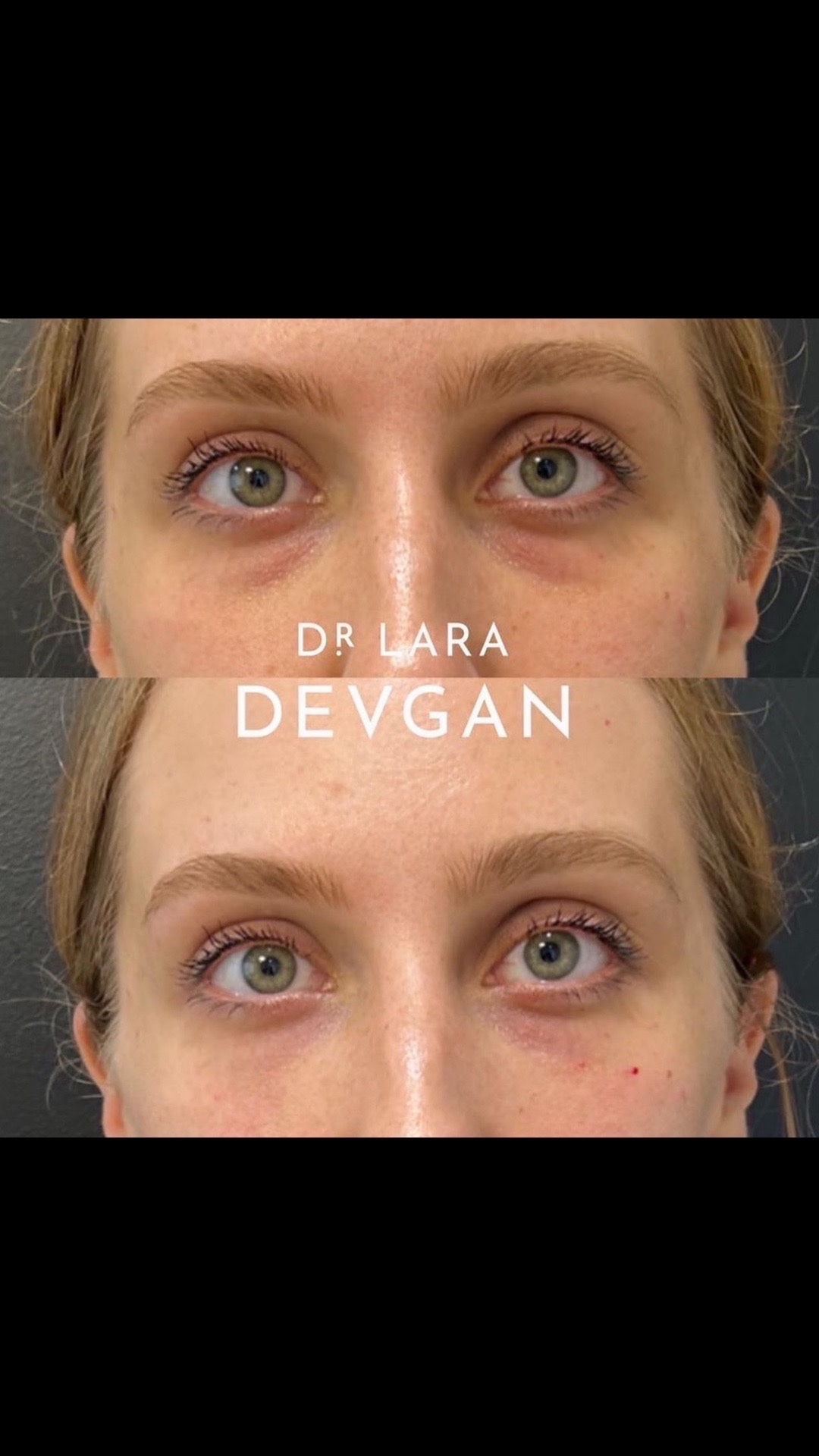

Thank you for this balanced view. The internet is currently rife with plastic surgeons warning that surgery is the only way who don’t seem to do much non surgical work themselves & who end up inadvertently cause fear in patients. I agree with this as a non surgical doctor whose goal and aim is to help patients avoid the need for surgery altogether or at least defer it as long as possible.